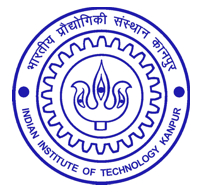Xiaonian Liu1, 2, and Yansen Liu1, 2
Scalable PSP RF Model for 0.11 µm MOSFETs
Progress In Electromagnetics Research Letters, Vol. 113, 43–51, 2023
1 School of Physics and Electronics, Hunan Normal University, Changsha 410081, China
2 Key Laboratory of Physics and Devices in Post-Moore Era, College of Hunan Province, Changsha 410081, China.
Abstract: An accurate, efficient and scalable SPICE model is essential for modern integrated circuits design, especially for radio frequency (RF) circuit design. A PSP based scalable RF model is extracted and verified in 0.11 µm CMOS manufacturing process. The S parameter measurement system and open-short de-embedding technique is applied. The macro-model equivalent subcircuit and parameters extraction strategy are discussed. The extracted model can match the de-embedded S parameters data well. By combining the model parameters’ dependencies on each geometry quantity, the scalable expression of parameters with all geometry quantities included can be obtained. This work can be a reference for the RF MOSFETs modeling and RF circuit design.
Fig: The PSP RF subcircuit model and its S-par s fitting
results of NMOS with Wf = 2 µm, Lf = 0.12 µm, nf = 16
Acknowledgment: This work is supported by the National Natural Science Foundation of China under Grant 62204083, and the Youth Fund of Education Department of Hunan Province under Grant 21B0057.







